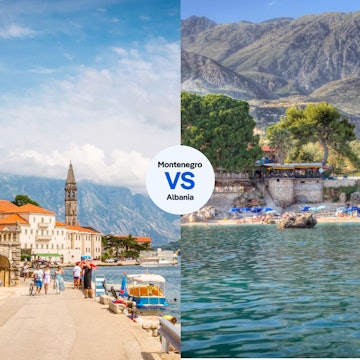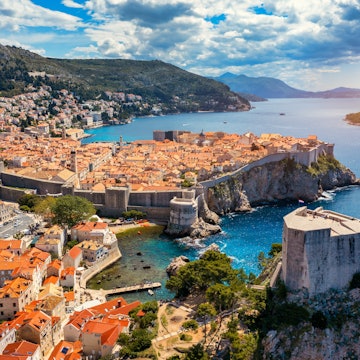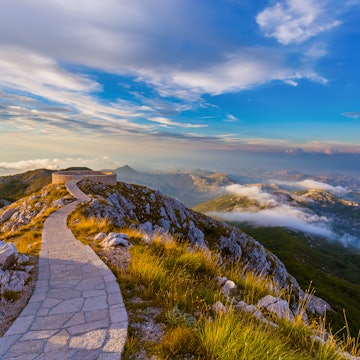
When is the best time to visit Croatia?



The medieval Old Town of Dubrovnik in Croatia. JasminaS/Shutterstock
Croatia has vibrant cities, tumbling waterfalls and rolling vineyards.
But most visitors are here for its 1800km (1120 miles) coastline, which tumbles down the Adriatic like a glorious, half-finished jigsaw puzzle. Here you’ll find idyllic coves, sophisticated ports and ferries that glide from island to island.
Choosing the best time to go to Croatia depends on what you want from your visit. High season brings high temperatures and a party vibe, particularly on the Dalmatian Coast, home to highlights like walled Dubrovnik, its hip cousin Split and Hvar Town’s classy waterfront. Shoulder season is quieter, and great for hiking and water sports, while winter lets you experience culture and festivals at off-season prices in the capital, Zagreb.
The south of Croatia is a little warmer than the north, but the main difference in temperature is between the coast and the interior. By the sea, summers are warm and winters relatively mild, while in the interior, temperatures are more continental, with slightly warmer summer temperatures and colder winters.
Our guide to what's happening throughout the year in Croatia will help you plan the perfect vacation for your needs.

June to August’s high season is the hottest time to visit
Weather in Croatia in summer: Prepare for some balmy evenings during the summer in Croatia. You'll get temperatures up to 32°C (89.6°F), with sea temps up to 25°C (77°F) – which could bring you some comfortable swimming opportunities. You might see a random thunderstorm, but it's generally a pretty rain-free time.
Croatia’s tourism peaks between June and August, when the Adriatic’s warm waters charm countless visitors. There are boat parties and medieval fairs, the booze flows freely, and the smarter resorts fill with yachters. It’s great fun, though afternoons are roasting hot, the lines at attractions are at their longest, and accommodation costs rise. Inland, temperatures are higher, but crowds are less noticeable and Zagreb empties as locals head for the coast.
June is the quietest month of the high season, but with clear skies, music festivals and the promise of early summer, it's a strong contender for Croatia’s best month. Ferries move on to their summer schedule, which makes heading out to islands such as pristine Cres, happening Hvar and forested Mljet a breeze. The cities are buzzing, and the LGBTIQ+ community lights up the streets during Zagreb Pride.
Visitor numbers really ramp up come July – you'll need to arrange accommodation well in advance and work harder to find a sunbathing spot. If the bustle gets too much, try touring the quieter Kornati Islands, hopping on a sea kayak from Dubrovnik, or exploring the vineyards and hills of the interior. The Dubrovnik Summer Festival kicks off in early July, and the International Folklore Festival brings a celebration of traditional culture to Zagreb.
The sea is warmest in August, beach bars hum with revelers, Zagreb empties out and festivals salute high summer. Sonus is a techno party on Pag, Špancirfest brings music and culture to Varaždin, there’s a fair dating back to Venetian times on Krk, and jousting in Sinj. Bookings are essential everywhere on the coast – festival-goers who try and make do with a tent will swelter.
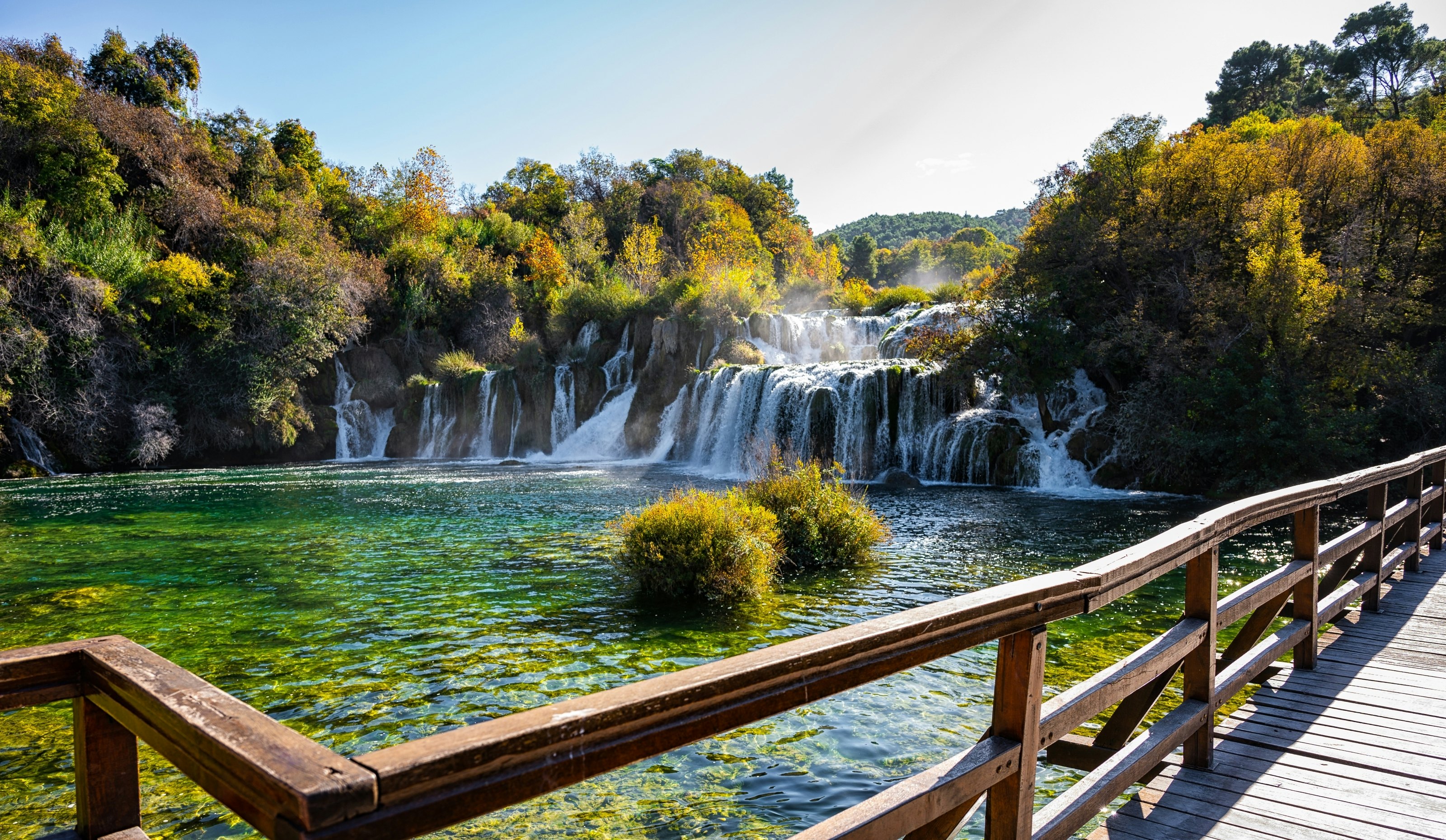
May and September through October bring sunshine and fewer crowds
Weather in Croatia in late spring and early fall: If you're seeking moderate temperatures, this is the time for you. The max ranges from 17°C (62.6°F) to 25°C (77°F), and your sea dips will hit around 15°C (59°F) in April and 23°C (73.4°F) in September. This season brings more rainfall, with some good winds for sailing and general outdoor activity.
Late spring and early fall are arguably the best times to visit Croatia. Sea temperatures are pleasant, and there’s plenty of sunshine, but the country’s pebble beaches and rocky coves are relatively quiet. With endless still seas, May and September are great times to sail in Croatia. Onshore, these are the best times to cycle, hike or visit Croatia's national parks. Better still, accommodations are also easier to come by than in high season.
The resort towns are warming up for the summer in May, making this a splendid month to wander squares and promenades and take short dips in the cool sea. Accommodation prices are lower, and bays and coves that are packed in summer have a tranquil feel. Rafting on the Cetina River or the Zrmanja (just east of Zadar) is also a highlight. The summer party season starts to gear up at the Sea Star Festival.
Things start to quiet down a little in September after a hectic summer season, but there are still plenty of ferries and cultural events to transport body and soul. This is another great time for a Dalmatian beach trip, while truffle season comes to Istria.
By October, Croatia is in shoulder season proper, with kids back in school and some ferry services and hotels closing over the course of the month. The coast is fairly warm with cool evenings and a mellow vibe, and you can still get anywhere and do just about anything, whether it's feeling tranquil on the islands or exploring Dubrovnik’s walls.
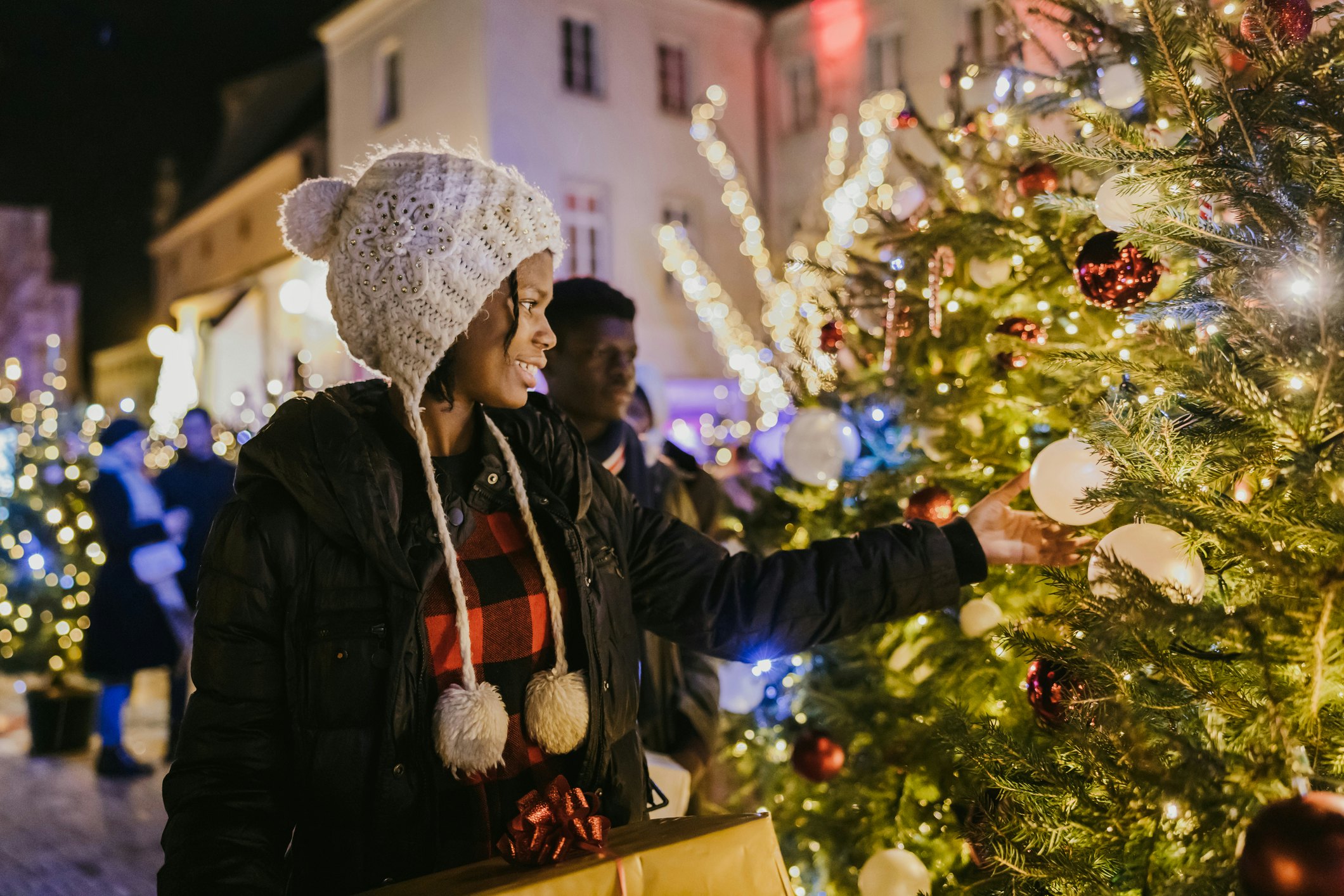
Accommodations are cheapest from November to April
Weather in Croatia in late winter and early spring: Look out for lower temperatures, more rainfall and possibly some snow in mountainous and inland areas. Generally the weather is milder along the coast, with more rain and lower temps when you get more central and inland. November temperatures average 18°C (64°F), with April bringing around 15°C (59°F).
There’s a reason the crowds stay away between November and April. The interior can be freezing, and while the coast is milder, it’s still affected by the bura wind that whips across the European plain, canceling ferries and snatching hats off heads. But if you’re here for food and culture, you can still have a fine time. Rates at hotels and other accommodations are at their lowest, and you’ll be sharing the galleries and backstreets with locals.
Temperatures can still be pleasant in November, but hotels and restaurants on the coast may be closed, and the waters are chilly. Instead, treat any sunshine as a bonus, use the lower prices and shorter lines to tour cultural sights, celebrate the silver screen at the Zagreb Film Festival and watch as the last leaves (and potentially the first snow) fall.
There's no way to sugarcoat it – December is cold, many tourist businesses are shut, and snow settles on high ground. It’s a good time to experience Dubrovnik's local life: bars and galleries are open, while the run-up to Christmas brings mulled wine and DJ sets to those prepared to brave the winter streets.
The mercury is still low in January, so why not stay indoors and discover Zagreb’s lively cafes, impressive galleries and museums – and you can get a late-night culture fix at the annual Night of Museums. Sljeme (near Zagreb) or Platak (near the coastal hub of Rijeka) offer reasonable skiing.
The days get a little longer in February, but tourists are rare, and accommodations remain heavily discounted. It’s an intriguing time to tour the coast – focus on sights like Trogir’s richly carved cathedral rather than the beaches. Rijeka’s carnival is Croatia’s biggest and wildest, with a costume parade, bell-ringing and bands. Brighter, drier weather makes March a good bet for mixing visits to churches and galleries with outdoor exploration. You can hike along the coast or hills, or take in the Krka and Plitvice national parks, where wooded slopes wind between lakes and waterfalls that thunder with meltwater.
The sea hasn’t yet warmed up in April, but trees are bright with blossoms and sunshine is never far away – try Istria’s hill towns (where asparagus season is in full flow) or the Samobor Hills near Zagreb. Parades liven up many towns over Easter and music fills every corner of Zagreb at the Music Biennale.







